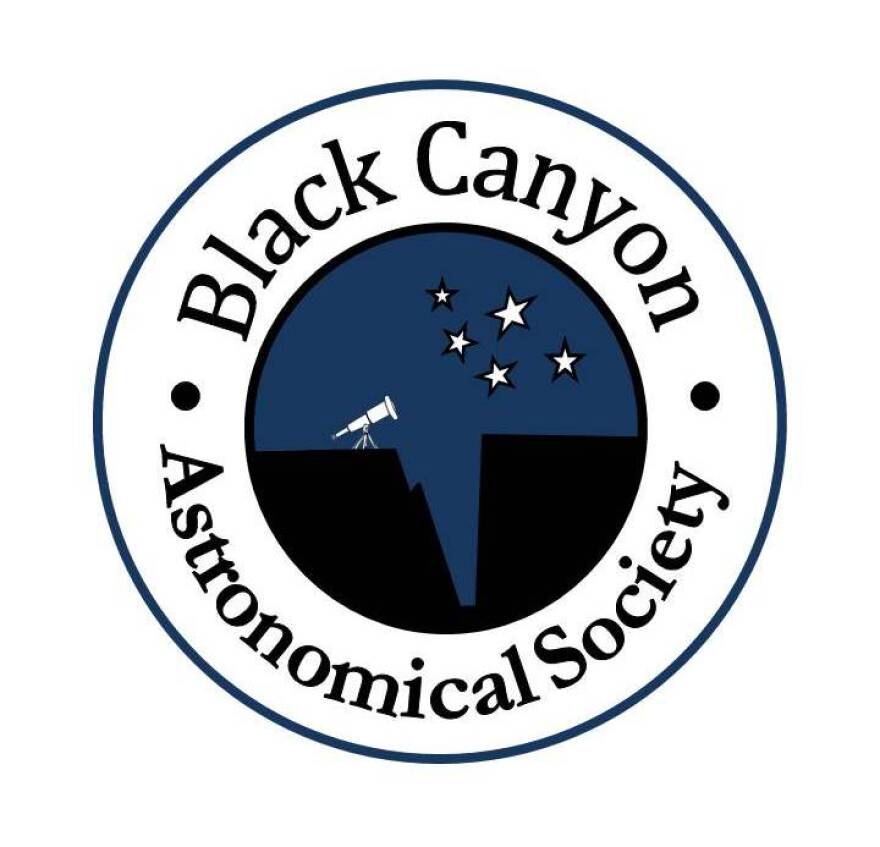Step outside on a clear night this week and gaze upward. You’ll see a bright gibbous Moon – or a full Moon on January 28.
The Moon is our neighbor in space and the only celestial body that humans have visited. The Moon is the subject of poetry, songs, books, and films. The lunar cycle provides the basis for calendars in many cultures. So, the Moon has been important to us in many ways.
But why would geologists, who mostly study the Earth, be interested in the Moon, a world that many consider to be geologically dead? Earth is an active planet that has oceans, an atmosphere, volcanoes, and constantly moving tectonic plates. Landscapes on Earth have constantly changed through geologic time due to uplift, erosion, volcanism, and burial by sediments. The upshot of this activity is that the average age of the Earth’s surface, including the ocean floors, is younger than 500 million years. 500 million years may seem old, but that’s only 11% of the solar system’s 4.6-billion-year age. It’s very challenging to find rocks older than 2.5 billion years on Earth, so our planet’s early history is poorly known. But the average age of the Moon’s surface is greater than 3.5 billion years! And NASA astronauts have returned lunar rocks as old as 4.4 billion years.
So the Moon contains a terrific history of the early Solar System. And what was that early history like? In a word: Cataclysmic! When you look at the Moon with eyes unaided or with binoculars, you can see many dark features, called Maria. Many of these mark sites of giant basins that formed from impacts by large asteroids and comets. The basins were later filled by dark lava flows. These giant lunar basins are all older than 3.8 billion years. Numerous smaller craters resulted from impacts by smaller bodies. Studies of the Moon have provided a detailed record of cosmic impacts during the earliest 15% of Solar System history. Planetary scientists use this lunar impact record to interpret the histories of other planets, like Mercury and Mars. Our planetary neighborhood was a violent place long ago, when impacts from large asteroids and comets were frequent. Isn’t it nice to live during quieter times?

Western Slope Skies is produced by the Black Canyon Astronomical Society. This episode was written and recorded by Art Trevena.
Web links for Lunar Geology
www.usgs.gov/news/usgs-releases-first-ever-comprehensive-geologic-map-moon


